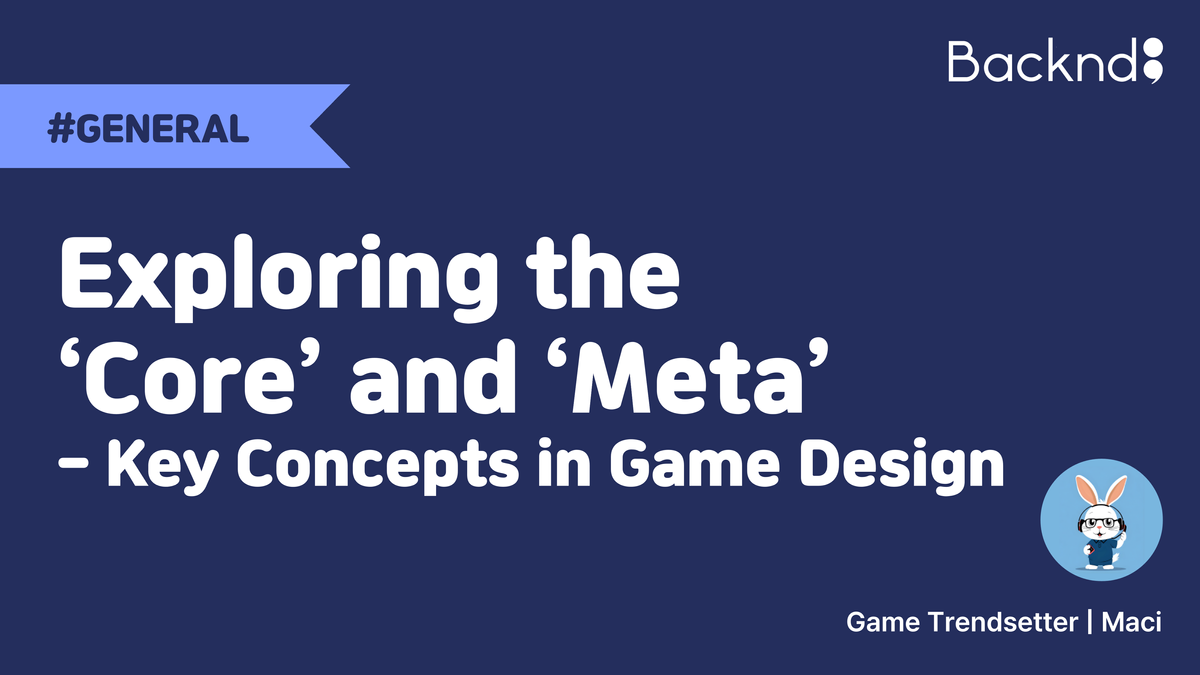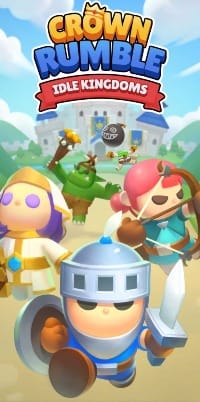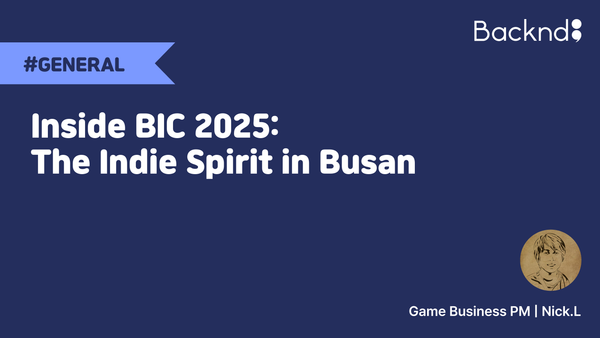Exploring the ‘Core’ and ‘Meta’: Key Concepts in Game Design

Written by Game Trendsetter Maci, 10 September 2024
Today, Let me start with my personal story!
Games, Immersion, and Me
Whenever I get hooked on a game, I tend to explore every aspect of it. In 1996, I played Tokimeki Memorial on PlayStation 2 until I unlocked every character ending. In the early 2000's, I immersed myself in the Uncharted Waters and Princess Maker series. I explored every possible outcome.

Later, after stepping back from gaming due to work and studies, mobile games reawakened my passion in 2008. I even wore out my feature phone’s buttons while gaming. When smartphones became widespread in 2011, my gaming journey truly resumed.
One positive aspect of my gaming habit is that it led to my first career at a mobile game development company. 😉
Parents, take note: gaming can even lead to a real job in the industry!
Core and Meta: The Two Pillars of Game Design
After years of gaming, I’ve realized that the most important elements that determine a game's success are the ‘core’ and ‘meta’. Many games fail to strike the right balance between these two aspects, offering only temporary fun. However, games with a harmonious blend of core and meta can keep players engaged for the long haul.
[Core Gameplay]
The core refers to the basic, repeated activities a player engages in, which make up the essence of the game’s fun. Examples:
- In the classic Super Mario series, the core is jumping and moving, creating enjoyment through obstacle navigation.

- In Call of Duty, shooting is the core activity, with various weapons shaping the core experience.

- In Candy Crush Saga, the core is the addictive 3-match puzzle mechanic, simple yet highly engaging.

[Meta Game]
If the core consists of repeated actions, the meta provides long-term goals and reward systems, adding depth to the game:
- In RPGs, the meta might involve character growth, equipment collection, and quest completion. Though the core is combat, it leads to long-term achievements.
- Multi play games introduce meta elements like leaderboards, competition with friends, and social club activities, adding a layer of meaningful progression.

[Core Loops and Their Role]
A core loop is a cycle of repeated play patterns, providing players with satisfaction through repetition. For instance, in a builder-style 3-match game, players solve puzzles to earn resources, which are used to build a city or building, creating a cycle of growth and challenge.
While core loops provide short-term satisfaction, meta elements are necessary to maintain long-term engagement. Meta systems provide broader goals beyond the core activities, such as character progression, story advancement, and competitive leaderboards.

Analyzing Crown Rumble's Core and Meta

Let’s examine the mobile game ‘Crown Rumble’ by ‘Aloha Factory’. It’s a strategic simulation idle game set in a medieval kingdom, where players collect heroes and expand their kingdom. The combination of a very simple core loop with rich meta elements makes this game popular.
Why Crown Rumble?
As someone who enjoys sticking with a game for a long time, my criteria for a good game are clear.
First, I should be able to easily pick up where I left off, even after a few days—which contains Strong Core game play
Second, it should allow strategic gameplay without requiring too much effort in controls—something idle mobile games do well.
Crown Rumble meets both of these criteria, which is why I have been playing it for more than two months straight.
[Core Loop Analysis of Crown Rumble]
The core loop consists of battles and territorial expansion. Players deploy heroes to fight enemies and conquer land, gaining resources to further develop their kingdom.
- Battles and expansion: Deploy heroes, fight, and expand the territories
- Resource collection: Automatically gather resources from an idle system to advance the kingdom
- Hero collection and upgrading: Collect a variety of heroes from Gatcha and strengthen your heroes to take on tougher enemies.

[Meta Analysis of Crown Rumble]
The meta in Crown Rumble involves hero upgrades, equipment collection, and kingdom development. Players upgrade their heroes, collect and level up equipment, and fight against stronger opponents over time. Additionally, asynchronous multiplayer matches and ranking competitions add to the longevity of the game.

One of my favorite meta aspects of Crown Rumble is the formation of a Knight Squad. Players can choose five leaders. Of these, the lowest level of leader will have an effect on the level of the entire squad. This allows for newly collected heroes to gain strength quickly and reduces the amount of grind needed. This fast-paced, strategic gameplay keeps me engaged in this game for a long time.

Conclusion
We learned about Core and Meta in the Crown Rumble case.
The case shows the harmonizing core and meta in game design is a very important aspect.
The core provides the basic activities that players enjoy over and over again, and the meta builds on those cores to provide long-term goals and rewards that keep players engaged in the game.
For any aspiring game designers out there: keep making games with solid core and meta systems, and I’ll be playing them every day!
(This content reflects personal analysis and may differ from the views of BACKND and Aloha Factory.)

© 2024 AFI, INC. All Rights Reserved. All Pictures cannot be copied without permission.

![[External Essay] Gamescom 2025 Interactions](/content/images/size/w600/2025/09/------1.png)


